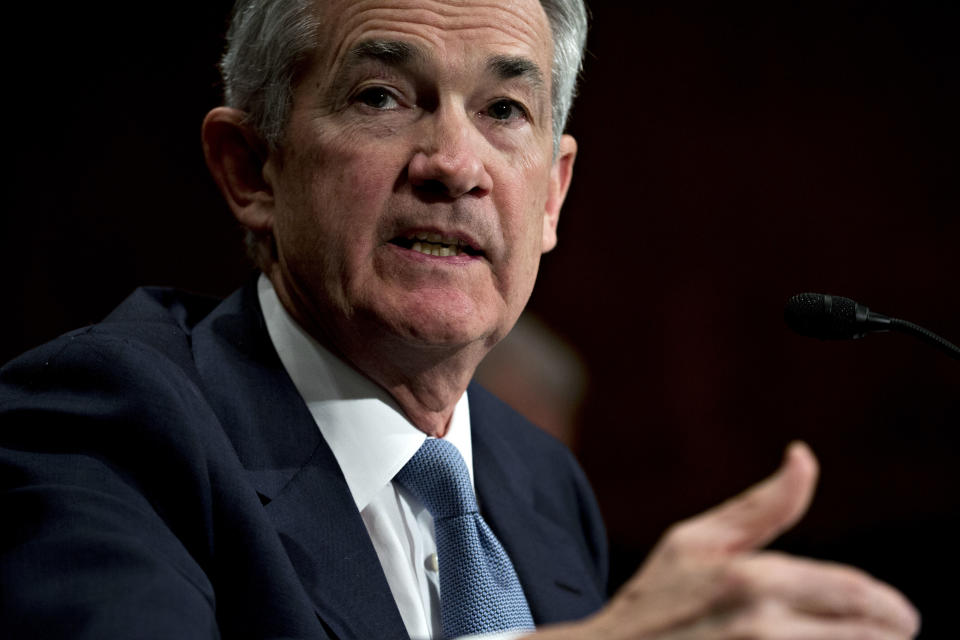Stocks could drop another 5% from here: trader
Politics aside, investors will be focused on the FOMC meeting announcement, forecasts and Fed press conference this week. As we have discussed in previous notes, investors are universally expecting the FOMC to raise rates by 25 bps. In that event, equity and bond markets, as well as volatility, will largely be unaffected. However, the variables that investors will be looking closely at and that could potentially trigger additional volatility involve forecasts and Chairman Jerome Powell’s press conference.
The FOMC forecasts, arguably the most pivotal narrative for investors this week, will be updated. Currently, the call is for three moves this year by the Fed. If the projection is raised to four, it is likely we could potentially see further weakness in equities, a move higher in yields and an uptick in volatility.

I sense that we see no upgrade in the number of rates to be expected this year — at least this week. Inflation data does not justify it. For example, the February Employment Report, released on March 9, reflected average hourly earnings rising by a scant 0.1% on a month- over-month basis. Yes, on a yearly basis wages grew at a 2.6%, but most recent data suggests that the rate of income growth has tapered off marginally. That modulation in wage growth has come despite robust employment growth and tax reform. February’s Employment report reflected a robust uptick to 313k, while January’s employment figures were raised by 39k to 239k from the initial 200k.
Another widely watched data point as a means of measuring inflation is Housing Starts. On March 16, Housing Starts data for February was released. Consensus was calling for 1,285M. The actual results were slightly weaker than expected, at 1,236M.
Producer Prices – Final Demand (PPI-FD) for February reflected a month-over-month change of +0.2%. Zeroing out food and energy, the reading remained 0.2% — meaning that food and energy prices, normally the primary drivers of inflation, were a non-factor. Again, on a year-over-year basis the PPI-FD, like many other recent economic readings, does not warrant a shift in monetary policy expectations.
So what could push the Fed to adjust posture to a more aggressive stance? A meaningful shift in energy prices in coming months would certainly fall into that category. Last Friday’s Baker-Hughes Rig Count reflected a meaningful drop in North American production from 1,257 in the previous week to 1,209. However, that drop can be explained by a short-term weather-related drop in Canadian production. Away from that, US production rose modestly to 990 from 984, in-channel with recent increases as a result of rising prices. The sharp drop in rig counts last week fueled an uptick in crude prices on Friday. WTI crude closed out the week at $62.30/bbl and today is currently trading at $63.50. I suspect that punch lower in rig counts and rally in crude may be short-lived. Additionally, crude has remained above support at $60/bbl. And may well receive additional support with the expected uptick in seasonal consumer consumption, it still has to contend with rising production.
Powell’s address this week is not likely to add any additional variables to an already mixed equity landscape. Given last week’s negative price action across the equity landscape, Friday’s meager attempt at a rally and the precipitous selloff on Monday led by Facebook (FB) and tech stocks (XLK), the near-term direction of the markets appears to be lower. On March 2, I suggested that the S&P 500 (^GSPC, SPY) may need to retest its 200 DMA to put in a tradable bottom. That level is 5% below current prices, and the likelihood of it being reached is only increasing.

 Yahoo Finance
Yahoo Finance 